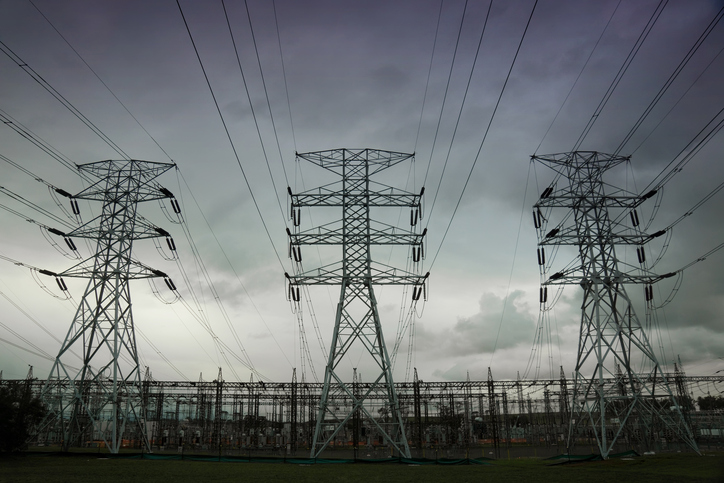Regen has released a new insight paper identifying seven potential solutions to reduce the cost of balancing and managing constraints, which has already reached £1.2 billion in the last 12 months.
Managing the cost of network constraints could be vital in ensuring the UK has the capacity to grow its energy sector, especially with the transition to renewable generation. In order to facilitate its upward growth, Regen proposes several key actions that could be taken today to start reducing costs.
One aspect is to improve and accelerate the planning, decision making, timing and delivery of network investment. This could ensure that the amount of capital being allocated to networks is used in an efficient manner. This could improve constraints and in turn boost the renewable energy sector.
Alongside this, Regen believes a stronger market signal is needed to identify when and where constraints are likely to occur, their value and duration. Locating where the constraints could be would allow resources to be allocated in order to fix the issues. If this is amongst important network lines, it would be a priority to fix the issues and optimise it to support the renewable energy sector.
Regen has also called for the expansion in the use of forward contracts for flexibility services.
Accelerating the deployment of short and long duration storage must also be progressed in order to facilitate the energy sector, Regen said. Storage provides a means to supply the grid with sufficient and cost-efficient energy when it is needed. It is also a perfect complement to intermittent renewable energy sources.
Another important factor is to open balancing and management to more participants, offering flexibility services and improve dispatch processes to ensure they are used effectively. This will provide further engagement with the services and promote better practices to solve ongoing issues.
There is also a need to continue improving control room functions through better forecasting, digitalisation, automation and continuous improvement. Upgrading existing technologies can only enhance the network grid and thus many issues currently being witnessed could be identified, and solved, in quicker times should it be upgraded via varying technologies.
Regen’s final recommendation calls for the acceleration of policy and regulatory reforms that are already in progress.
In March 2021, National Grid ESO launched the first phase of its constraint management pathfinder aiming to reduce the impact of constraints and maximise renewables. With this, the organisation identified one of the key areas of congestion currently on the system being the Anglo-Scottish boundary (B6), which is limited by a constraint, and therefore sometimes requires renewable generation to be turned down pre-fault.
It is equally vital to ensure this constraint is solved with Scotland surging ahead with its renewable energy capacity. The nation has been included in one of the biggest ever Contracts for Difference (CfD) with almost 11GW of onshore wind, offshore wind, solar, tidal energy and other forms of renewable energy secured in contracts.
The recommendations provided by Regen could provoke further discussions in optimising and reducing costs associated with balancing and managing constraints.





